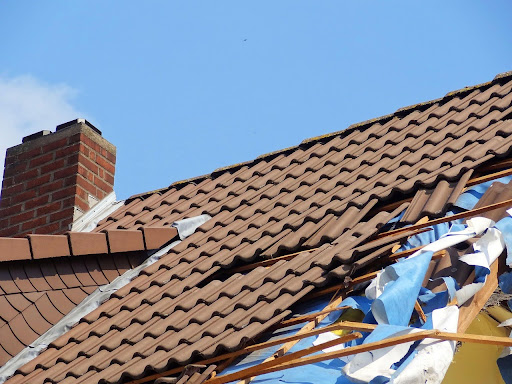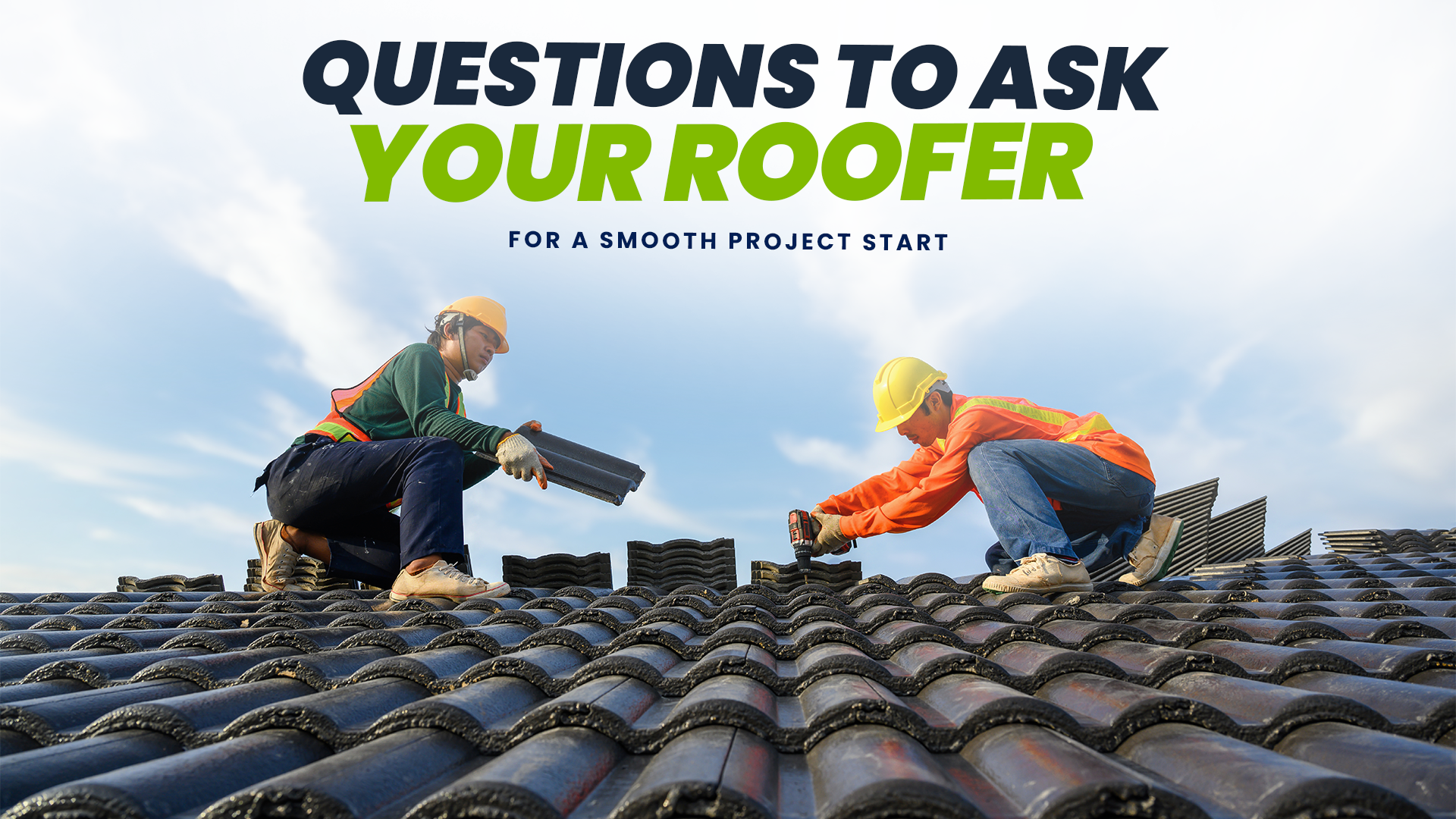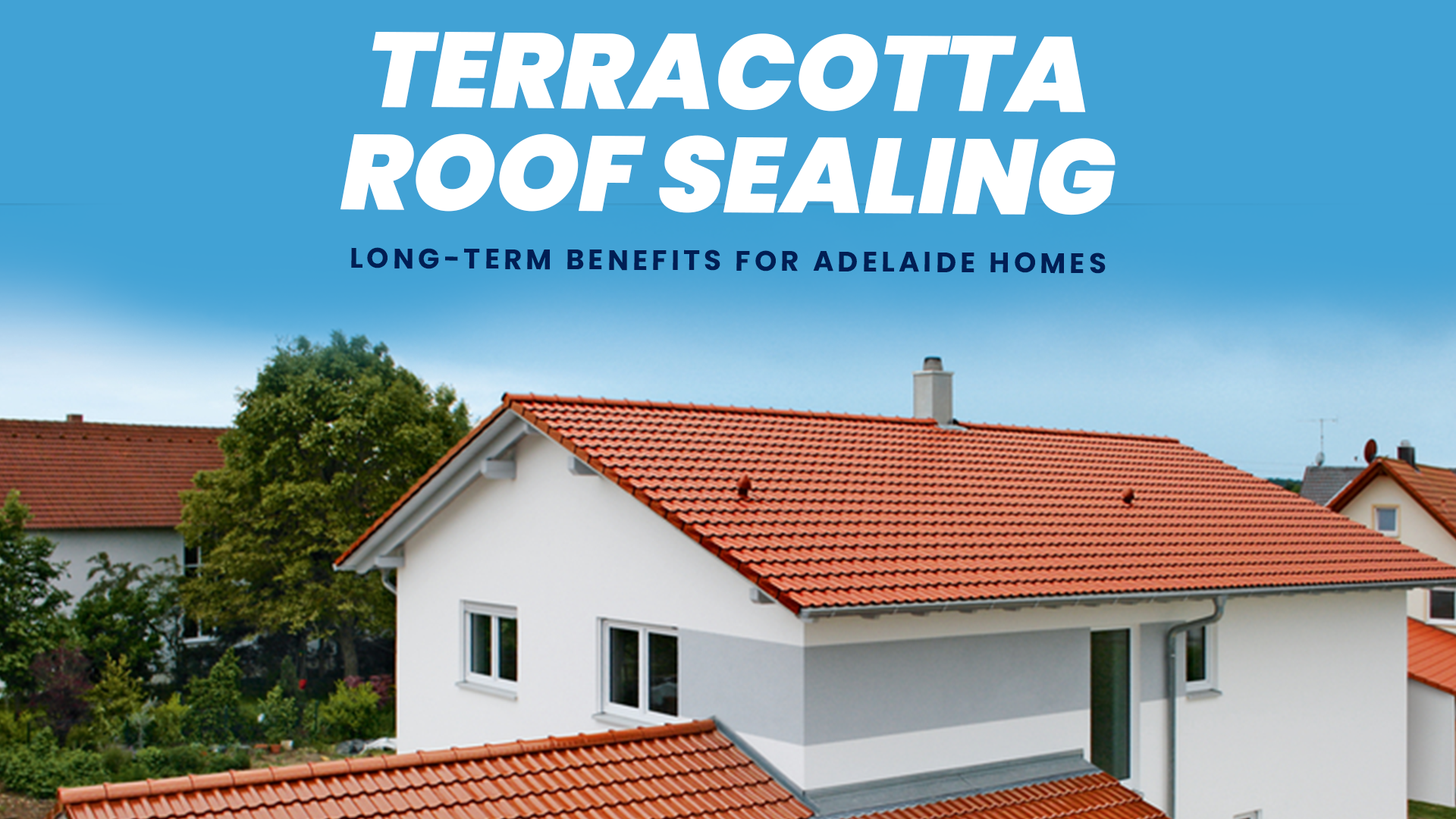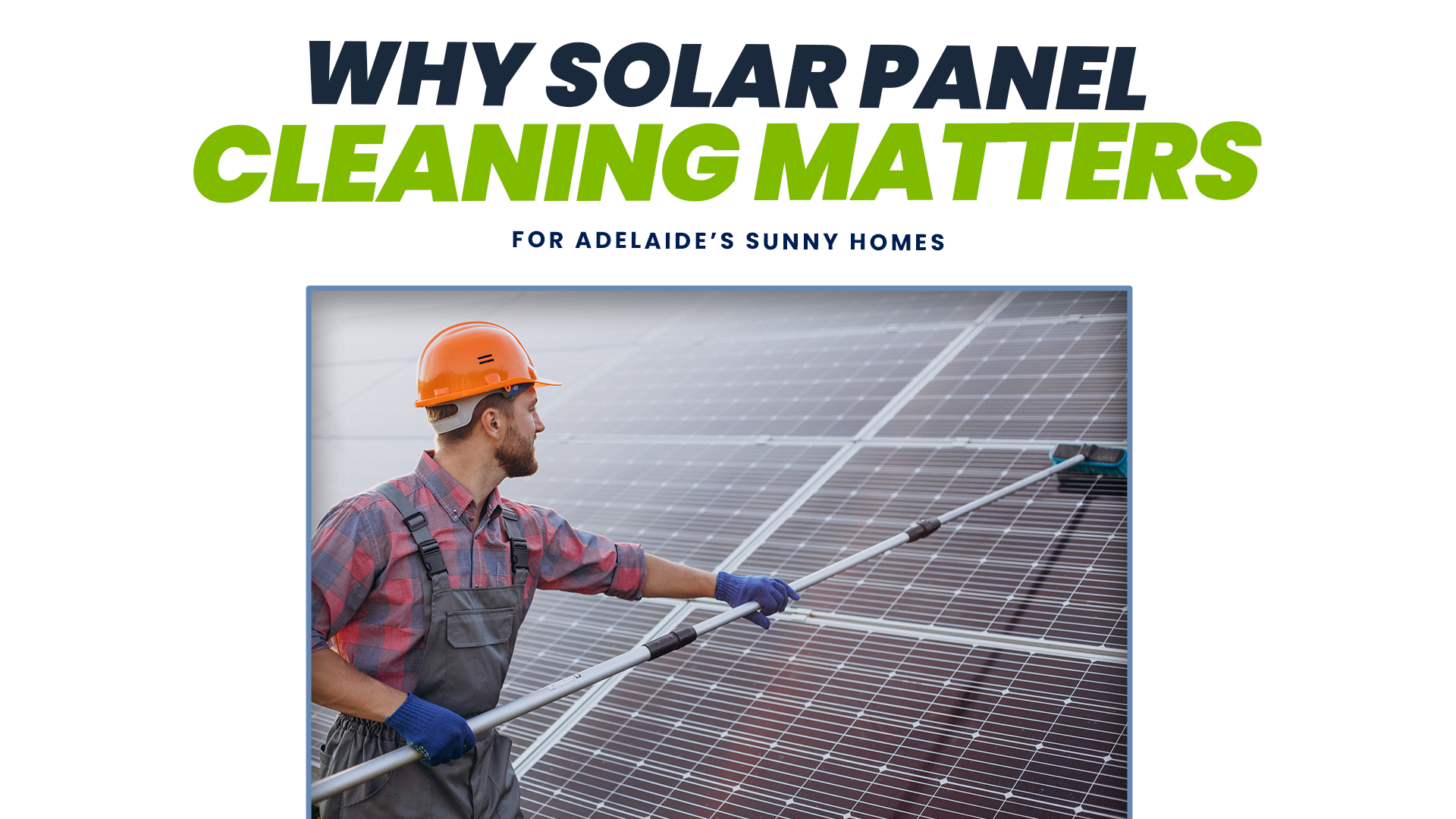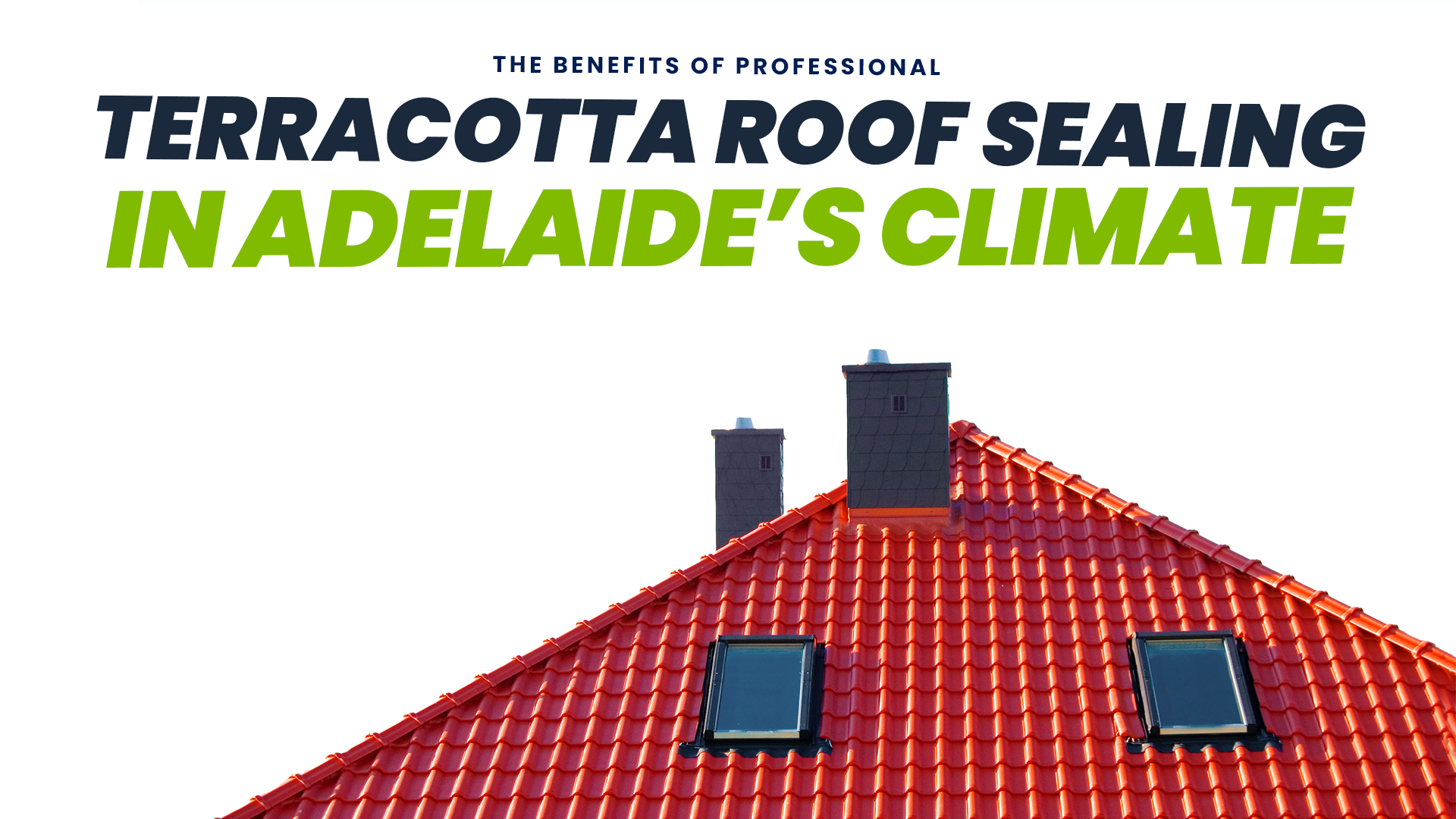When it comes to maintaining a home, most people focus on the visible parts — walls, windows, and floors. But what about the part that shields it all? Your roof quietly takes a daily beating from the sun, rain, wind, and occasional hailstorms. And like anything under constant stress, it eventually shows signs of wear. Recognising the signs of roof damage early can mean the difference between a quick fix and a costly overhaul running into tens of thousands of dollars.
So, how do you know when your roof is crying out for help? Let’s walk you through the key signs to watch for — inside and out — before a minor issue becomes a major structural problem.
Early Signs of Roof Damage You Shouldn’t Ignore
Even the strongest roof structure starts to falter with age, weather exposure, or poor installation. Spotting the early signs means you can act before serious problems like roof leaks, structural damage, or sky-high energy bills set in.
Here’s what to look for:
Water stains or ceiling damage inside your home
One of the most common indicators of roof damage is water appearing where it shouldn’t. These can be:
- Brown rings or discolouration on ceilings
- Damp patches on upper-level walls
- Mould or mildew growing in corners
These are all water damage signs of roof leaks in the attic or within ceiling cavities. Even small leaks can wreak havoc, potentially leading to structural issues, ruined insulation, and damaged electrical wiring.
Tip: If your ceiling is bubbling or sagging, don’t delay, get an expert inspection immediately.
Peeling paint or bubbling plaster near roof edges
When moisture seeps behind exterior paint or interior plaster near rooflines or eaves, it often means your roof flashing or guttering has failed. Prolonged exposure to damp can lead to mould growth, timber rot, and extensive damage to walls and framing.
Clogged gutters and signs of moss growth
If your gutters are packed with debris, broken roof tiles, or shingle granules, it’s a sure sign the roof surface is wearing out. Add moss, algae, or black streaks, and you may be looking at trapped moisture; a perfect recipe for slow but significant damage.
Fun fact: Moss feeds off moisture and can lift shingles or roof tiles, allowing water to sneak underneath.
Damaged or missing roof tiles and shingles
Cracked, curled, or missing shingles are the most obvious wear signs. Adelaide’s hot summers and harsh weather conditions, like windstorms, can cause this type of roof damage.
From asphalt shingles to terracotta tiles, each material reacts differently, but they all show signs like:
- Edges lifting or curling
- Tiles slipping out of alignment
- Granules accumulating in gutters
Ignoring these can lead to a sagging roof, internal leaks, or worse, complete failure of the roof’s integrity.
Signs of Wind Damage to Roof After Storms
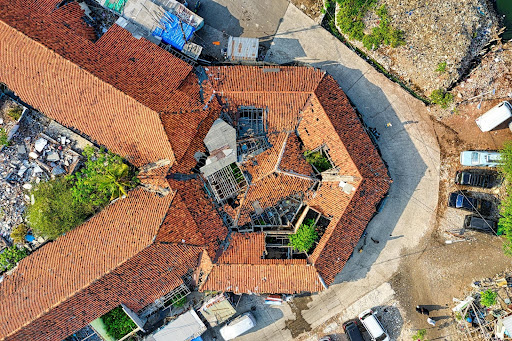
South Australia gets its fair share of storms. After a blowy day, look for:
- Falling debris, like branches, on your roof
- Lifted shingles or displaced roof tiles
- Flashing peeled away at vents, chimneys, or roof junctions
These are all signs of wind damage to the roof, and even one exposed patch can let rainwater flood in during the next shower.
Increased energy bills due to roofing issues
A spike in your heating or cooling costs could mean more than just a change in seasons. A damaged roof can lose insulation value, letting warm or cool air escape. This makes your HVAC system work overtime and hikes up your energy bills.
If your bills suddenly surge, check your roof’s insulation and ventilation. This often overlooked step can save hundreds annually.
Interior Signs of Roof Damage Pictures Paint a Clear Story
Aside from water stains, grab a flashlight and peek into your attic. What should you look for?
- Daylight seeping through gaps
- Damp rafters or insulation
- A musty smell — signalling hidden mould or rot
These interior signs of roof damage are subtle but telling. They’re early red flags that your roof continues to deteriorate quietly.
Sagging or uneven roofline from ground level
Stand back and inspect your roofline. Is it dipping or uneven? That could be a sagging roof, which points to:
- Waterlogged decking
- Termite damage
- Weak trusses or poor workmanship
Sagging is not just cosmetic—it often means the roof structure has been compromised, potentially leading to expensive rebuilds.
Why Regular Roof Inspections Are a Must
Don’t wait for a storm to realise you have a damaged roof. Scheduling regular roof inspections — ideally once a year — helps catch issues early.
According to the Housing Industry Association, even small leaks can cost thousands if left unchecked. Roof inspections cost far less and can spot minor damage before it snowballs into costly repairs.
Top Roof Restoration recommends inspections:
- Before and after severe weather
- When buying or selling a property
- Every 12 months for homes over 10 years old

How to Tell If Roof Felt Needs Replacing
Your roof’s felt underlay, the barrier between the deck and shingles or tiles, protects against moisture. But it doesn’t last forever.
Look for:
- Persistent leaks despite intact tiles
- Visible sagging between rafters
- Brittle or crumbling felt when viewed from the attic
If your roof is over 15 years old and you see these signs, the feeling might fail. Replacing it early protects your entire roof surface and framing from long-term further damage.
When to Opt for Immediate Repair or Roof Replacement
Not every issue requires a full roof replacement or restoration, but some problems demand immediate repair. These include:
- Active leaks
- Exposed underlayment or decking
- Post-storm damage
- Collapsed gutters affecting drainage
If multiple layers of damage exist, your best investment might be a complete roof restoration, particularly if it’s already over two decades old.
Why Your Roof Plays a Bigger Role Than You Think
Beyond keeping out the rain, your roof impacts:
- Your home’s resale value
- Energy efficiency
- Structural integrity
- Indoor air quality
It’s not just another surface. It’s your home’s first line of defence.
Partner with Adelaide’s most trusted team
At Top Roof Restoration, we’ve spent decades protecting Adelaide homes and businesses with our expertise in tile, metal, and terracotta roofs. Our team knows how to spot hidden issues, handle all roof repairs, and ensure your roof’s ability to withstand SA’s unique climate.
Whether you’re noticing a small leak or visible sagging or just want peace of mind, we’re here to help. Contact us for a no-obligation inspection and expert advice.
Frequently Asked Questions
What does a damaged roof look like?
A damaged roof might show curled shingles, cracked tiles, water stains on ceilings, sagging lines, or mould growth. After storms, look for debris, missing shingles, or displaced flashing. If not sure, call the roof experts at Top Roof Restoration in Adelaide for an inspection.
How do you know if your roof needs replacing?
If your roof is over 20 years old, leaks frequently, sags, or has widespread tile damage, you might need a roof replacement. Regular patching may no longer be cost-effective.
What are interior signs of roof damage?
Check your attic or upper floors for water stains, peeling paint, mould, and musty smells. Sunlight streaming through the roof is also a serious warning sign.
Can clogged gutters cause roof damage?
Yes. Clogged gutters block drainage, allowing water to back up under roof tiles or into fascia boards. Over time, this leads to rot and internal leaks.
How much do roof repairs cost in Adelaide?
It depends on the material and extent of roof damage. Minor repairs start from $250, while major roof restoration jobs can cost tens of thousands. Always get an inspection first or request a quote from us at Toproof Restoration Adelaide.

